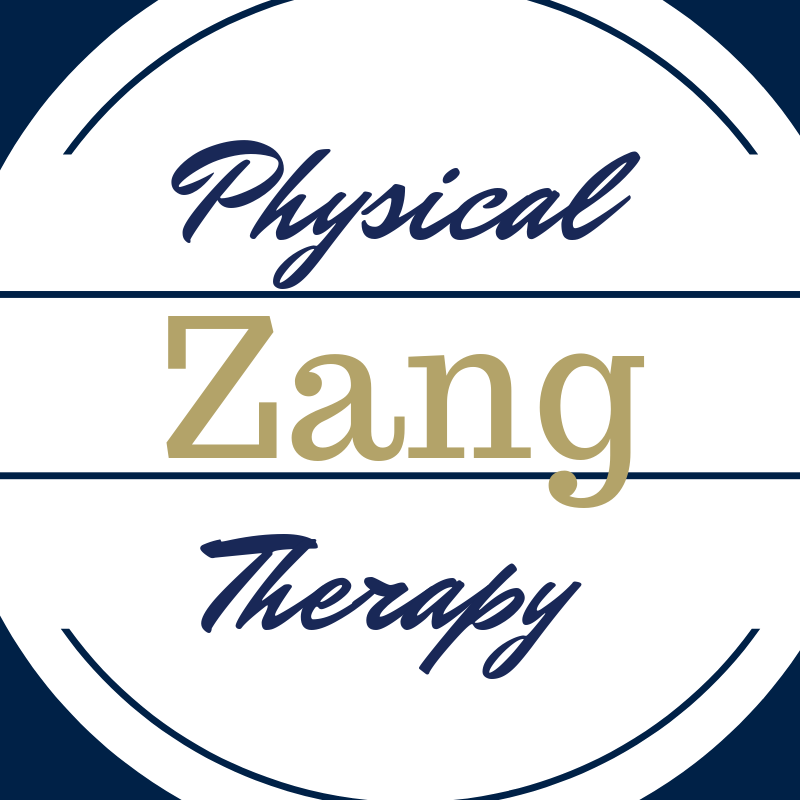I often have discussions with patients about muscle cramping. Many times these discussions begin as a patient is actively cramping while performing some exercise. Often these individuals say I am just prone to muscle cramps. But the question is, WHY?
There are many long-held beliefs related to causes and cures for cramps. Some of these factors I incorrectly bought into myself.
The most common causes of cramping I have heard from patients (and believed by me as well) include: dehydration, over-hydration, or depletion of electrolytes. Numerous published studies (Here and Here) refute these causes.
From a curative standpoint I have heard many solutions over the years with the most common being: sports drinks, bananas, and pickle juice. Most of these solutions address either the electrolyte balance in the body or hydration status. Once again, scientists have not found a direct link.
A little research on my part has shed some new light on this subject so I felt it important to pass it along.
So what does cause muscle cramping? From an athletic performance standpoint, muscle fatigue is the most likely culprit (See HERE). As the muscles fatigue, a disruption to the nervous system happens resulting in the cramp. This does not explain the localization of cramps, but is the best that has been reported to date. Scientists and coaches alike recognize that training is the best way to prevent a cramp.
For the non-athlete, highly recognized potential causes of cramping that include: prescription medications, vitamin deficiencies, and poor circulation.
It is known that muscle cramping is a common side effect of many medications including statins (for high cholesterol) and diuretics (for high blood pressure) (See article HERE). Vitamin deficiencies could happen from a poor diet or due to medication interfering with vitamin absorption. A circulatory issue could be related to the heart or blood vessel system. If someone suspects one of these to be the culprit, then consultation with your family physician is in order.
From a treatment perspective, how does one handle a cramp once it is present? The most common thing done by individuals is to stretch the cramping muscle. In many cases this can be successful. Other options include massage or heating the muscle. Attempting to activate the muscle opposite the cramp can be helpful. For example, if the calf is cramping, actively (under muscle power, not hand) pull your toes toward your knee. By activating the opposite muscle group, one should be able to shut down the cramping by a mechanism we call reciprocal inhibition.
I realize this does not answer all your questions, but this is where science is at this point in time on this subject. Cramping is not just a normal thing. Talk with your doctor about potential solutions via medication changes, diet, and exercise.
